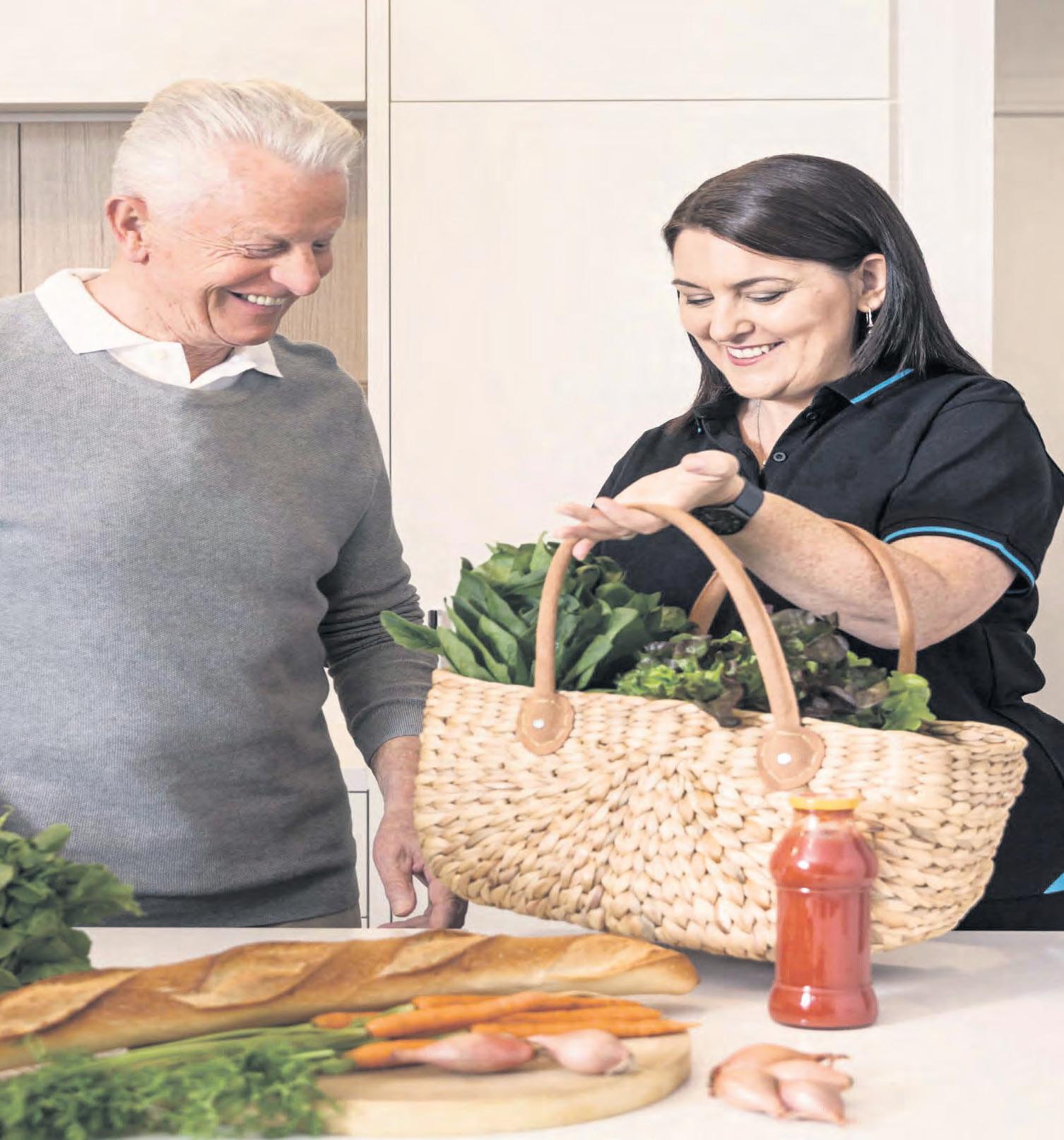
2 minute read
Cruel person
www.gippslandtimes.com.au
Gippsland’s alcohol consumption at “risky levels’’ says new report
Advertisement
A HIGH proportion of people in Gippsland consume alcohol at risky levels compared to the rest of Victoria. This was revealed in one of two issue papers, titled Alcohol and Other Drugs (AOD), released by the Gippsland Primary Health Network (Gippsland PHN) as part of addressing priority issues in the region. A second paper, Sexual and Reproductive Health, identified that COVID-19 has impacted service provision in Gippsland with reductions in antenatal care and a change to more telehealth service delivery. Gippsland PHN chief executive officer Amanda Proposch said the organisation was committed to Population Health Planning as an ongoing core function. “We gather data and information from many sources including the local community and health professionals to identify the unique health priorities of our region,” Ms Proposch said. “The purpose is to make informed decisions about the best way to achieve our vision of a measurably healthier Gippsland.” The AOD priority issues paper showed a high rate of ambulance attendances in Gippsland are related to alcohol and drugs. Latrobe Local Government Area (LGA) has the highest call-outs for alcohol intoxication and illicit and pharmaceutical drug use with 674, 465 and 367 attendances respectively (rates per 100,000 population). The main needs identified by people with lived experience include improved availability of services both in acute care and follow-up support. People also identified barriers to access are more significant for Indigenous people, older people and geographically or socially isolated people. The paper on Sexual and Reproductive Health (SRH) identified that the COVID-19 pandemic impacted on service provision with access to affordable abortion services more difficult and delays in accessing Sexually Transmitted Infections (STIs) testing, contraception and cervical cancer screening.
A high proportion of people in Gippsland consume alcohol at risky levels compared to the rest of Victoria.
From a community perspective the paper identified stigma, discrimination and racism as the main barriers for seeking information, support and referral for SRH while clinicians are not always willing or confident in providing patients with SRH information. Chlamydia was identified as the most common STI in Gippsland with the highest rates in Baw Baw LGA with 28.1 notifications per 10,000 females compared with the Victorian average of 18.5 and 17.3 notifications per 10,000 males compared to 16.8 for Victoria. People aged 15 to 29 years account for around 80 per cent of notifications while modelling suggests that 77 per cent of chlamydia cases remain undiagnosed. Around four in five chlamydia cases remain undiagnosed in the community which is why getting tested is so important. For most people, testing is best accessed via their local general practice. "Chlamydia notifications in Wellington were similar to or lower than state average at 15.8 notifications per 10,000 females and 13.5 per 10,000 males," Ms Proposch told the Gippsland Times. You can read more information contained in the two priority issues papers on the Gippsland PHN website.











